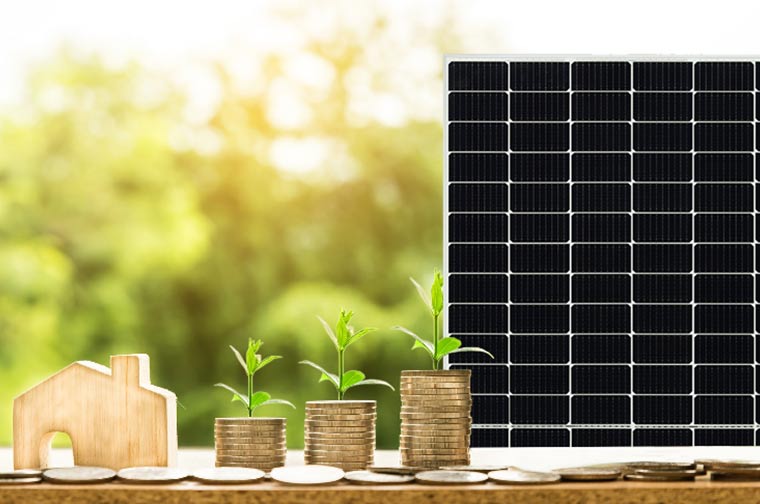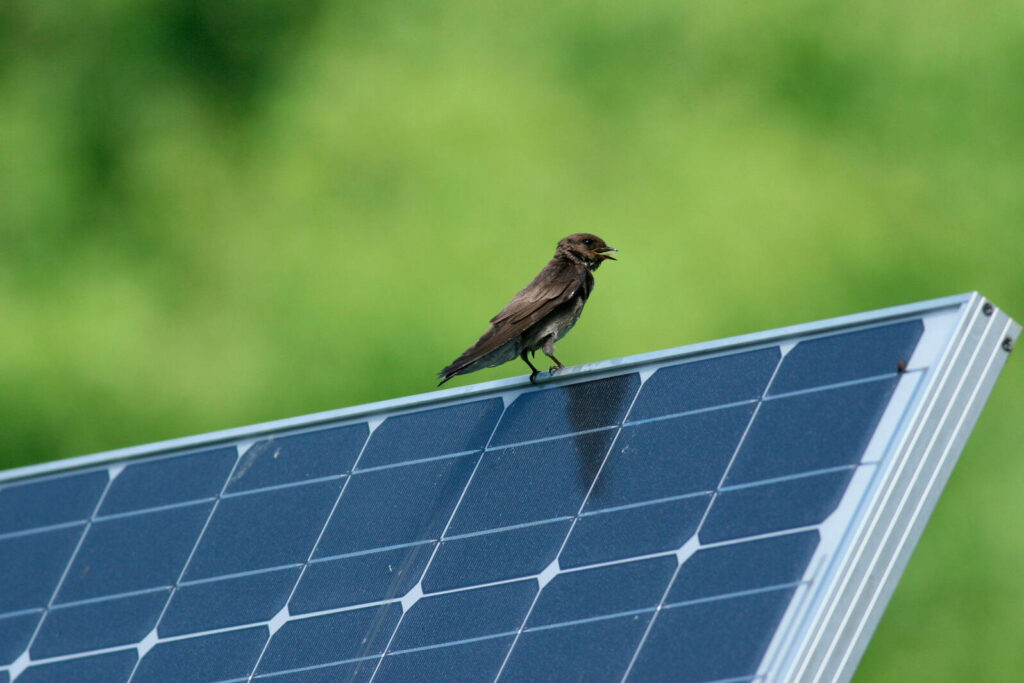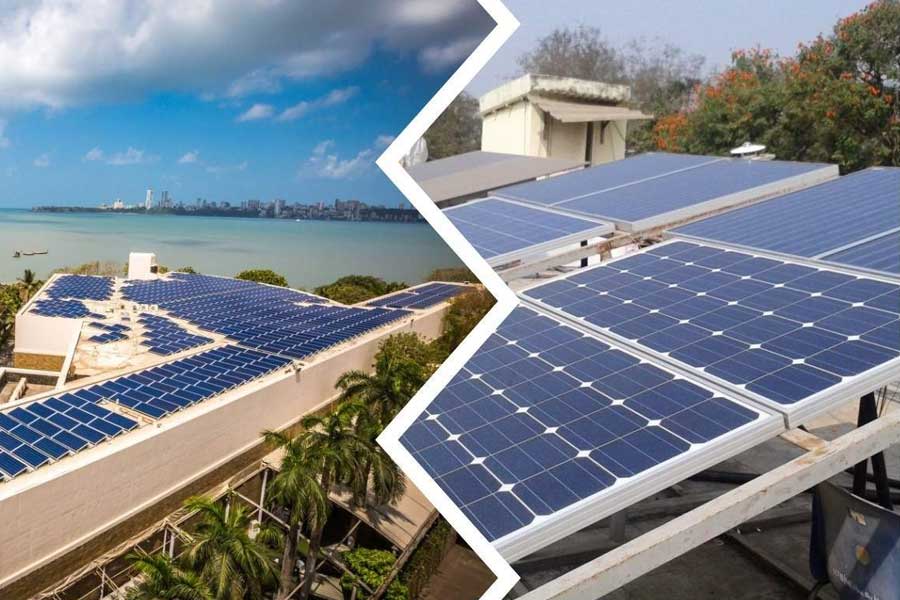
Making the shift to solar power can be beneficial for your business, especially, cost-saving in the long run. However, before you can go green, there are a lot of technicalities to take care of.
When you’re considering shifting to solar power, you’ll find two models in the market: the capital expenditure (CAPEX) model and the operating expenditure (OPEX) model.
In this blog, we will be discussing the two models in detail to help you reach an informed decision.
The CAPEX Model
In this type of financial model, the client approaches VEMC to install a solar pump system on the premises owned by the client. After the commission of the system, the ownership gets transferred to the client and VEMC’s scope ends. Hence, in this type of model, the client pays for the installation of the plant, and the ownership too rests with the client.
Some of the advantages of this model are:
- The client gets to have complete ownership of the plant and its operation
- Based on the capacity of the solar plant, the client can save sizeable margins on electricity
- The client can earn several subsidies and taxes from government bodies, for example, the central finance assistantship (CFA)
- The client can be partially immune to rising utility electricity prices
- Industrial and commercial clients can get accelerated depreciation benefits as well
The OPEX Model
In the OPEX model, the investor invests in the project and the client only pays for the power he consumes. The amount of consumption is agreed upon in a contract known as the Power Purchase Agreement (PPA).
What is PPA financing?
The Power Purchase Agreement (PPA) covers the contractual terms of the solar plant and the individual roles of the parties involved. There are usually three parties involved in such a contract – the investor, the installer, and the end client. VEMC is usually the installer for most of the clients. The investor invests in the solar plant and the client buys all or part of the power they want to consume at a rate that can be fixed or changed with time. VEMC installs the plant as per the investor and client’s approval and takes ownership of the plant’s annual maintenance. The client can terminate the agreement after payment of a certain amount or buy the plant directly from the investor.
Choosing the right financial model for your solar investment will depend on your budget and purpose. If you have the resources to take all the responsibility for the installation and maintenance of the plant, CAPEX will be a good choice. But if you don’t have dedicated personnel to look after the systems, OPEX can be a good option for you.
VEMC is a well-established solar EPC company in Mumbai and a pioneer in the field of electromechanical engineering products, allied equipment, and services. VEMCO Solar is a market leader in solar solutions — be it solar panel installation, procurement, commissioning, net metering, or electrical connections. If you are looking for solar panel installation in Mumbai or solar O&M, please reach out to us at +91 98199 07445, and we will be happy to provide you with customized support and services.




